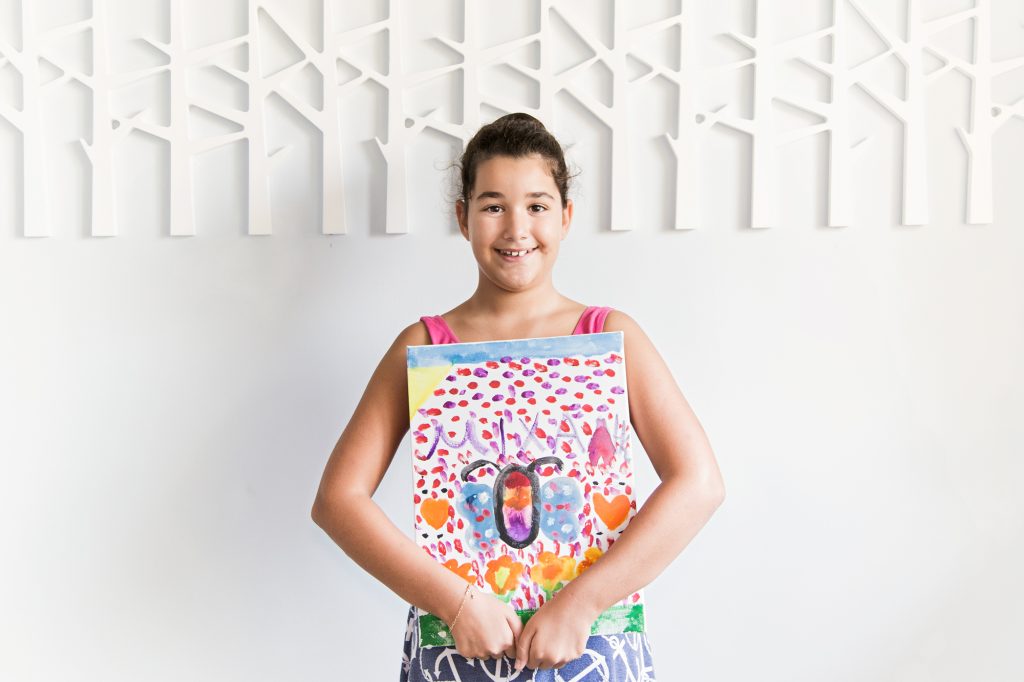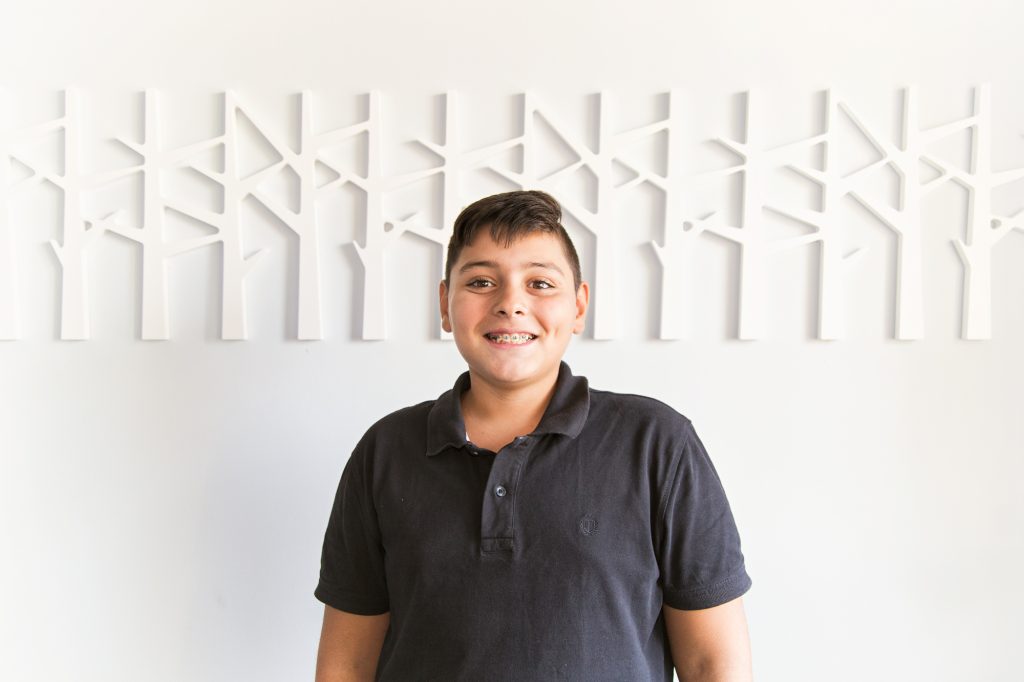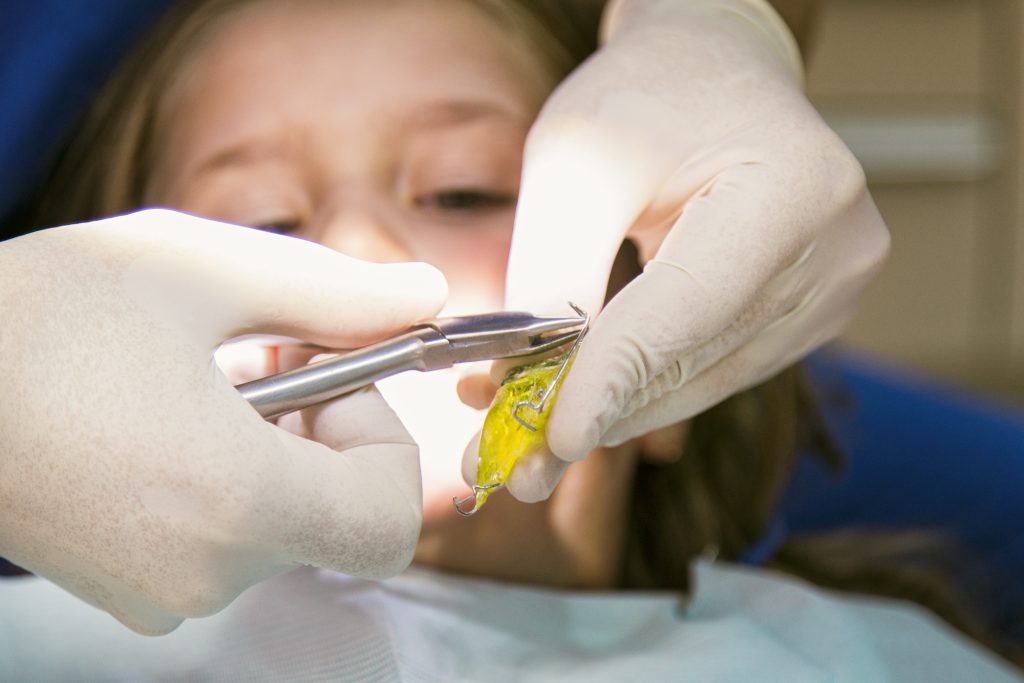Orthodontic treatment for children
Orthodontic treatment for children
It is recommended that you consult with an Orthodontist when your child is 7 years old and before all baby teeth have been replaced by permanent teeth. This initial assessment can confirm that the dental development and skeletal growth of your child progresses well and if a future follow-up is necessary. If an orthodontic problem exists, it can be diagnosed early and addressed as necessary.
This initial assessment and treatment are the 1st phase of Orthodontic treatment. This phase can:
-prevent future potential orthodontic problems
-address the progress of existing orthodontic problems
-influence and guide the development of the jaws
This time is important for the development of your child’s teeth and facial muscles and any early intervention can be beneficial because we can take advantage of your child’s growth and development to correct orthodontic problems easier and more efficiently.



1st phase
Briefly the 1st phase of orthodontic treatment aims to:
- Detect and address orthodontic problems such as:
- Anterior and posterior crossbite
- Anterior open bite
- Increased anterior horizontal overlap
- Increased anterior vertical overlap
- Diastemas and tooth crowding
- Significant skeletal problems
- Space maintenance after premature loss of baby teeth due to decay or trauma
- Delay in tooth eruption due to supernumerary teeth, odontomas or failure of tooth eruption
- Prevention of permanent tooth impaction
- Detection and early intervention in cases of tooth ankylosis
- Hypertrophic or low frenum attachment
- Stop chronic parafunctional habits, such as thumb sucking, tongue thrust, mouth breathing etc.
- Eliminate local factors that can lead to wrong tooth occlusion (bite)
- Improve temporomandibular joint disorders
- Improve speaking disorders in collaboration with a speech pathologist
- Prevent trauma in the teeth, lips and gums
- Monitor and reinforce oral hygiene habits and prevent tooth caries and gum disease
- Improve facial esthetics and increase self-confidence
An early intervention will make the second phase of orthodontic treatment during adolescence easier and will result in a more ideal final treatment result.
Children mainly use mobile intraoral machines, depending on the desired correction, with the choice of the child from a wide range of colors and designs, which makes it an accessory that all children would like to have!!! Oral support machines and / or functional machines are also used to correct skeletal problems, immobile intraoral machines and braces, which are selected and placed on the permanent teeth that have erupted.
The principle “the sooner the better” applies! Early intervention is more effective as skeletal and dental tissues respond more easily and the growth potential is active. In the future, as far as possible, the extraction of permanent teeth and the surgical arrangement for the solution of dental-skeletal anomalies are avoided. The 2nd phase of orthodontic treatment, which will take place in the years of adolescence, will be easier and the therapeutic result more even.



